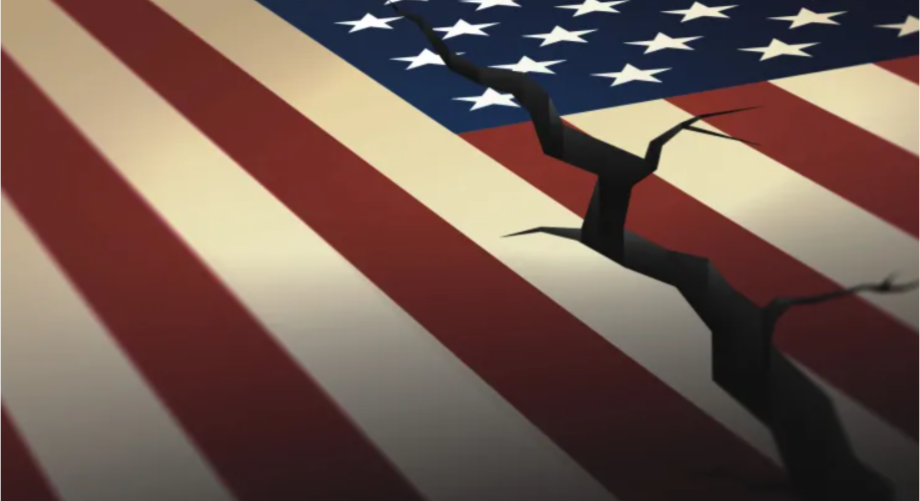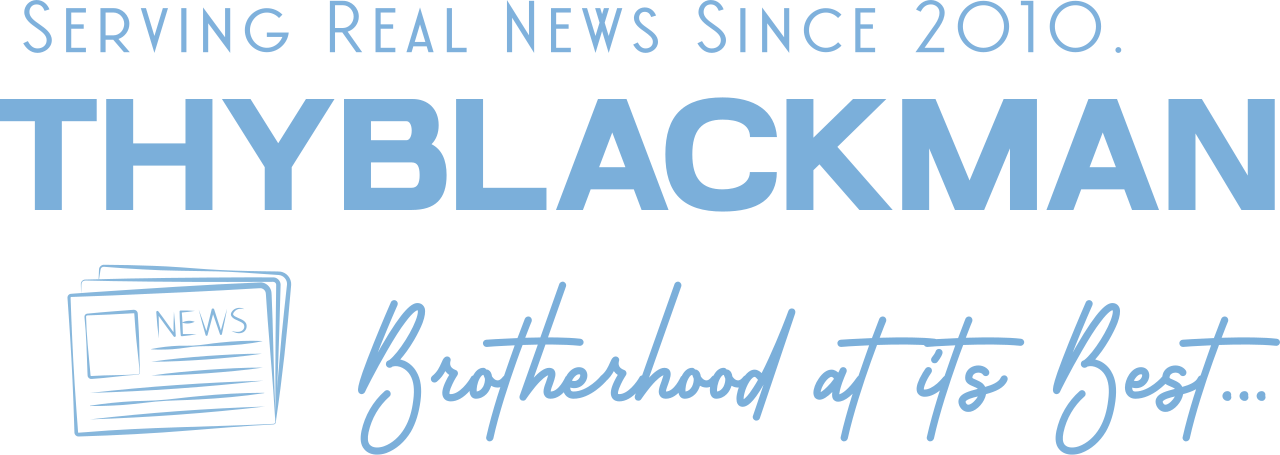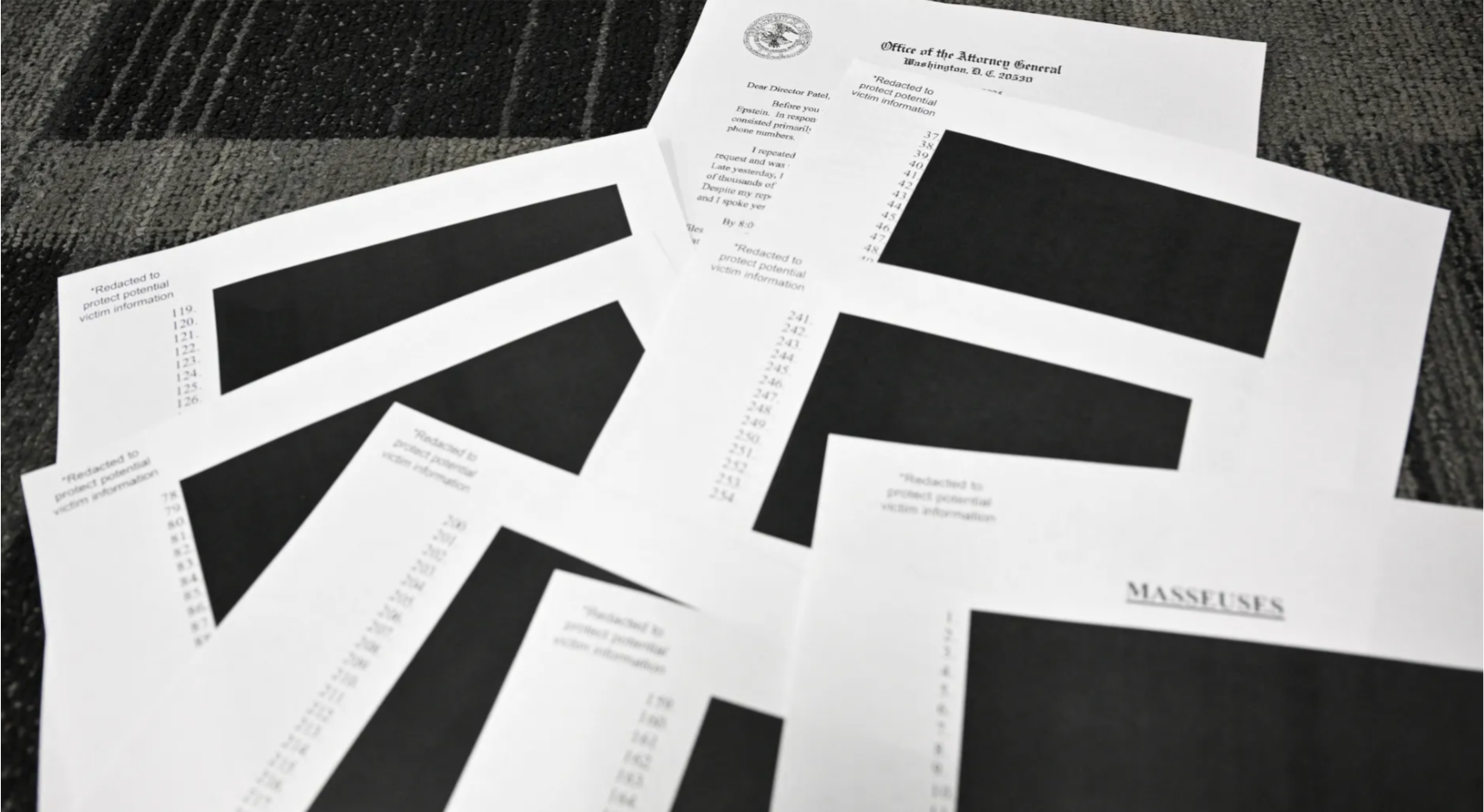(ThyBlackMan.com) Former U.N. Secretary-General Kofi Annan once said, “None of us is born to hate; intolerance is taught and can be untaught.” In March 2015, then-House Speaker John Boehner sent a formal letter to the Vatican, inviting Pope Francis to address a joint session of Congress. With his acceptance, the pope’s U.S. visit in September 2015 marked the first time a reigning pontiff had ever spoken before the nation’s highest legislative body. There are moments in our daily routine where many of us fail to stop and recognize that a highly significant event has just occurred. That speech was one of those moments.

In the 1920s, such a speech would have been unthinkable. Lost in the excitement of the pope’s visit was the fact that past generations of Protestant Americans maintained a deep hostility against people of the Roman Catholic faith. The warm reception extended to Pope Francis by members of Congress illustrated how far we have progressed concerning the subject of religious intolerance toward Catholics. For centuries, the Roman Catholic Pope was neither respected nor a trusted figure in America. Many white Protestants were fearful and mistrustful, believing that the pope, if given the opportunity, would seize control of the U.S. government. That belief, combined with other far-fetched fabrications, perpetuated deep animosities against individuals based on their religious views. Different viewpoints on the Bible and the debate over the role of the pope led to a profound divide between Catholics and Protestant Christians. Despite being a nation built on the principle of religious liberty and freedom, a culture of religious intolerance, hatred, and anti-Catholic bigotry was like a growing cancer spreading throughout a young nation.
The magnitude of cultural influences on an individual’s life cannot be taken lightly. Culture is an accumulation of knowledge, beliefs, values, attitudes, and behaviors, which distinguishes one group of people from another. Culture is a way of life in which beliefs and values are passed from one generation to the next. The social traditions of a particular culture are communicated and transmitted through our language, architecture, institutions, religion, teachings, music, dance, arts, dress, cuisine, social habits, symbols, prized heroes, media, and politics. Culture defines a particular region or area. It shapes what we believe to be right or wrong, as well as what is perceived to be acceptable or unacceptable. Through their culture, many people become conditioned and passive. They do whatever the leading voices of their culture tell them to do with little thought given to the issue of fairness, respect, and tolerance toward “others.” Passivity can be very dangerous. It leads one to believe their culture is superior. Passivity can open the door to blindly accepting and following the darkest ideas of subcultures.
There are cultures and then there are subcultures beneath them. Often, it is the dark subculture (a smaller part of the parent culture) that embeds the ugly side of manifesting itself in things such as racial and religious intolerance. It identifies “others” as those who are automatically dehumanized, rejected, and hated. It is this subculture that spreads an “us against them” mindset. It determines which group should be kept out, removed, or isolated from society. This subculture of hatred is often permitted by those in positions of authority and responsibility to resist its rise and influence, but lack the moral conviction to do so. In 2016, the dark subculture found its leading voice and champion in Donald Trump.
The Southern Poverty Law Center, based in Montgomery, Alabama, is a civil rights organization dedicated to fighting hate and bigotry while advocating justice for the most vulnerable members of society. Following the 2016 presidential election, the Southern Poverty Law Center developed an assessment report on the impact of the presidential campaign on our nation’s schools. The report, titled “The Trump Effect,” explained that every four years, teachers in the United States use the presidential election to impart valuable lessons to students about the electoral process, democracy, government, and the responsibilities of citizenship. The study found that after Trump’s first election, 28% of K-12 teachers reported witnessing increases in students’ derogatory remarks toward minority groups, especially in predominantly white schools. Students were emboldened to make bigoted statements about immigrants, Muslims, and other groups. The study also illustrated that cultural influences led to young Latinos experiencing more discrimination after Trump was elected.
When asked about reactions to Donald Trump being president, a 16-year-old Black girl said, “I feel unsafe and not protected. The United States is supposed to be the land of the free but is really the land of racism.” Her words demonstrate that the voice of the nation’s leader has the power to establish the racial tone for the nation. A big part in this nation becoming more tolerant toward those of the Catholic faith was the election of John F. Kennedy as the first Catholic president of the United States. Kennedy’s example as a candidate and sitting president was able to silence the anti-Catholic lies, thereby proving his faith was irrelevant to his ability to govern effectively. The Trump Effect has the opposite impact, where young Trump supporters have decreased their race consciousness since his first term.
The Trump Executive Order eliminating teaching racial and gender equity in schools will limit adolescents’ opportunity to learn about racism, sexism, and inequalities faced by different groups. By making diversity, equity, and inclusion initiatives illegal, it only emboldens discrimination while making it even more difficult for intolerance to be untaught.
Written by David W. Marshall
Official website; https://davidwmarshallauthor.com/
One may purchase his book, which is titled;

















Leave a Reply